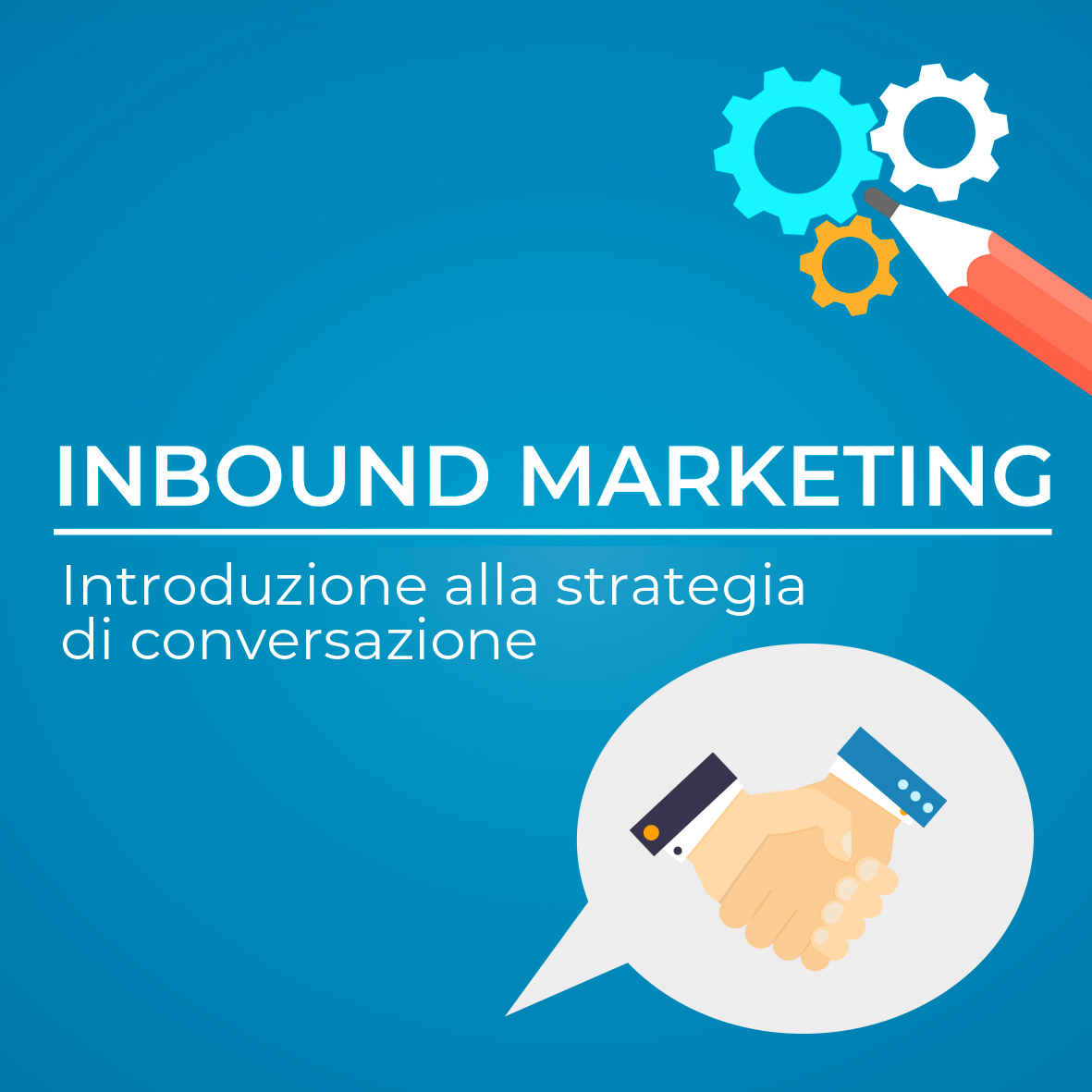In the 1980s business was largely local, you knew the people you worked with and they held you in high esteem.
Fast forward 20 years, the nature of business has completely changed: banner ads, pop-ups and junk mail had become standard practice for marketers who had lost the personal touch in the way we, as companies, have always interacted with our potential customers.
The reason behind this change is quite simple: technology has changed and we are able to reach more people in less time.
What is the consequence?
The loss of the relationships that drive a successful business.
Companies had stopped caring about the individual to focus only on CPMs and click-through rates.
The reason? Not enough time.
It takes some effort to build a relationship, establish trust and create a solution for the prospective customer’s problem. Result? They tried to reach as many people as possible regardless of whether they fit the target customer or not, hoping that some of them might become buyers.
With the development of Inbound we were suddenly able to target our marketing not through thousands of ads and hundreds of phone calls, but by attracting people to our business by creating informative content that was useful to our target audience.
This was a huge change for companies, being able to stop wasting resources that did not offer the desired level of return on investment.
In recent years, we have evolved into an ‘on-demand’ economy. We are used to sending messages to our friends and family with engaging conversations across devices and channels at any time and from anywhere.
We are used to ordering what we want whenever we want it, and we get frustrated when we have to wait.
In short, our expectation of connection and personal satisfaction has become paramount.
Therein lies the problem.
Companies have not adapted to this 1:1, on-demand world as fast as our expectations.
How can this be possible?
Let’s take a look at the ‘traditional’ way in which contacts with a company have been managed and leads developed.
If you are familiar with the traditional landing page, you are probably also familiar with acquisition via the Contact Form. The user is invited to fill it out, sometimes in exchange for access to controlled content. If the user decides to submit this form, the information is saved in a CRM and an automatic email can be sent.
Usually an ‘educational’ email will be sent and, if they respond, they may be sent another, more direct email that includes a call to action, e.g. ‘let’s start a meeting’ that will be set up via a phone call or video chat.
Through all this, the lead was not able to answer any questions and was not treated as a person. Instead, he was introduced through an automated process that may possibly not produce any sort of personal, direct contact.
The crazy part of all this? A full 55% of B2B companies can take more than 5 days to respond, if they respond at all.
This is not a very happy potential customer, is it?
Considering that the average email open rate is only 20 per cent and the average conversion rate from landing pages are only 2.35 per cent, it seems as if we are missing opportunities to connect with potential customers to build relationships and encourage them to do business with us.
Unfortunately, this is the reality for many modern companies.
There has to be a better way: embed the conversation strategy.
Let’s go back to that potential customer, the one who has just discovered your business.
Most of your visitors do so via a mobile device and are looking for you to answer their questions: providing them with information and creating a connection almost immediately, in a personal way making them seem important to your business will be your priority.
How can you do this?
Imagine that person has come to your website with some questions about your product or service. What they are really looking for is a solution to a problem or a way to achieve a goal. A few moments after they arrive, a short and simple message appears, asking if they have any questions about the page they are on now or about the products and services you offer.
82% of people want this: to engage in a conversation, to be able to get the answers they are looking for and above all, they don’t want to wait.
Considering that the average customer service email response time is over 12 hours, getting answers from live chat is clearly preferable.
Once the conversation has started, you can ask them questions, just as they ask you for information.
Need their email name? Ask for it.
Depending on the questions they ask you and the way they do it, you can provide clear and consistent answers immediately.
You can go beyond just generating contacts, you can now classify them and do it in real time.
Engaging with people on their terms, providing access to your company’s knowledge and expertise when they really need it, avoids wasting time and resources.
———
A conversation strategy based on key inbound concepts has the ultimate goal of developing relationships on a 1:1 scale, one conversation at a time, to create full engagement with potential customers, with the ultimate goal of making everyone feel unique, because everyone matters.
When 99% of conversations took place in person or over the phone, this was relatively easy to achieve.
This, however, has changed.
Today, people can initiate conversations on a variety of ‘channels’: telephone, email, social and live chat are all examples. Those conversations can change channels over time – a phone call might move a dialogue to e-mail, or a livechat might lead to a call. We need to make sure we are available on all these different channels, and also understand their strengths and weaknesses.
When we talk about conversational theory, we refer to the three fundamental pillars of conversational strategy: Time to Live, Shared Knowledge and SCOPE.
The first of the pillars is Time To Live, or TTL and is the amount of time, on average, that most people are willing to wait for a response after they have said something or sent a message.
Channels have different TTL periods ranging from weeks to a few seconds. For example, with e-mail, people are usually willing to wait up to 24-48 hours before a response comes back (unless you have stated otherwise).
When we switch to live chat, either on the site or via something like Facebook Messenger, the amount of time someone is willing to wait before getting a response falls dramatically. They usually expect an initial response within a few minutes and, in the middle of a conversation, are only willing to wait a few seconds.
If you don’t have the staff to handle live chat and maintain that fast response time, don’t worry, you can build bots. Chatbots can cover a large amount of common questions and situations, and as virtual team members they provide the user with a quick response. When people need more than your chatbot can provide, it can connect them with the most relevant member of your team.
At the end of the day, we want to make sure that we are responding to people, within the allotted time, with information and answers that will enable them to continue their purchasing journey.
If you need more time to get the answer or information they are looking for, don’t wait until you have it, let them know that it may take a while and offer to deliver it via a different channel, such as email, where the TTL period tends to be longer. This way you are ensuring that they feel recognised and treated fairly, meanwhile giving you and your team the opportunity to provide them with the correct information.
The second pillar is called Shared Knoweledge.
When you say ‘I know’, you are talking about something that you, personally, know. When you say ‘we know’, you are talking about what we call ‘shared knowledge’.
To successfully develop a conversational growth strategy, you have to focus on your personal experience and make it available to your team as shared knowledge.
Why? When knowledge remains personal, it does not allow others to access it and use it when they need it. If you have a conversation with a potential customer, you can remember what was said and even structure the details for the next interaction; but what if they have their next conversation with a different person in your team? You would have to start from scratch, asking questions that have already been answered.
When the information resources are available to all members of your team who may need to access them, the conversation is able to pick up where the last one left off.
This type of shared knowledge, the details provided by a user or related directly to a person or company, is called ‘relational information’.
There is also a second form of shared knowledge called ‘factual information’. This relates to the products and services you provide, and includes the details of your offerings, how they work, and the situations for which you have solutions. Think of them as answers to questions someone might ask about your business. You probably want to be consistent in the information you are putting out there.
There are seven ways in which questions can be asked:
Who? – is looking for a specific person or team to solve a problem.
What? – this type of question is looking for a ‘definitive statement’ as an answer, which could be a definition.
Why? – this type of question is given a ‘reasoned explanation’. If one were to ask Why is the sky blue? they would expect the answer given to explain what causes this phenomenon.
When? – is a question seeking a ‘time-based’ answer.
Where? – when someone is looking for an answer based on location.
How? – questions in the ‘how’ category are interesting and give a great opportunity to gain the trust of the potential customer. Usually these questions have a ‘descriptive’ type of answer that explains how to do something, perform a task or complete a goal.
Which ones? – these are ‘choice’ questions. Usually the person asking is trying to decide what to select from a group of options (which plan is right for me?).
At the end of the day you can use factual knowledge to always ensure consistent answers to the questions asked regardless of whether someone has worked for you for years or just a few days.
Finally we have the third pillar: S.C.OP.E, is an acronym created to help you effectively produce speaking content.
The ‘S’ stands for ‘standardise’, in other words, we want to make sure that we provide consistent and concrete content (such as answers to questions), every time and on all channels, to ensure a high level of consistency.
‘C’ stands for “contextualise”. We have already standardised our content, now we have to make sure it is appropriate in the context of a conversation. A key to understanding this is the ways in which they might ask a question and we have already talked about this as part of shared knowledge.
Another key to establishing context has to do with the actions and activities the interlocutor has carried out up to the conversation you are currently having with them, i.e. what pages they have viewed, previous requests and the answers or information they have already obtained from the staff, regardless of the channel you are acting on.
When we say ‘optimisation’, we are talking about going into the strengths of a given channel and mitigating its weaknesses. For example, for live chats, messages of a sentence or two are best, and each should convey a single, coherent thought. If you use Facebook Messenger or SMS, you can also send media, such as pictures, short videos and audio or even clips.
If you feel you need to deliver more than a sentence or two, and the channel you are working on is livechat, consider providing a link to the source of the information (such as an article on your website or blog), or send it via email where you can also add attachments and supporting documents.
Next we have ‘Customise’. When we personalise a dialogue, we are using the information we have already gathered about the person we are conversing with, to grow the strength of our 1: 1 relationship. Normally this information will reside in your CRM and you can use it to remember names, past interactions and actions taken that will influence the tone of the conversation.
We came to the final part, ‘Empathy’. We aim to build one-to-one relationships on a large scale. This means that sometimes we have to be aware of how the person on the other end of the conversation is feeling. Thus, we must always make sure that we are emotionally attuned.
Do this and you will see relationships with your potential customers develop in no time.





